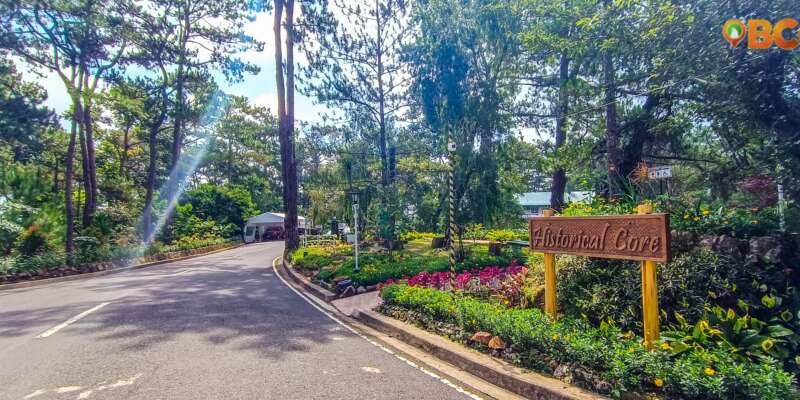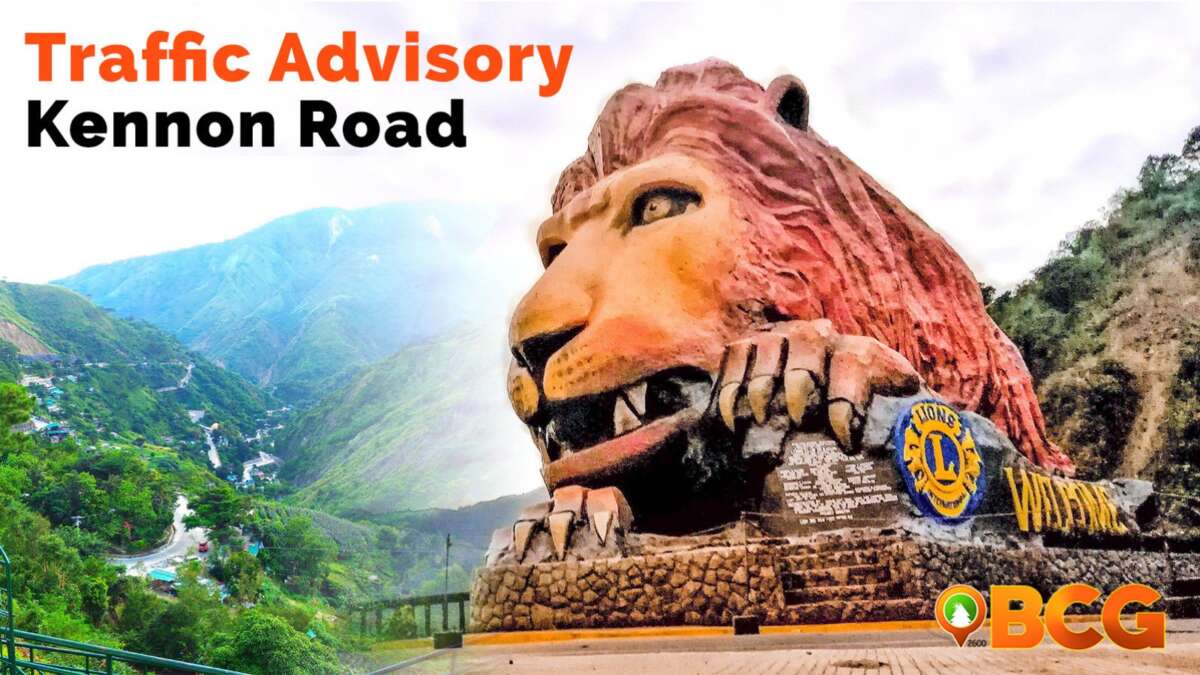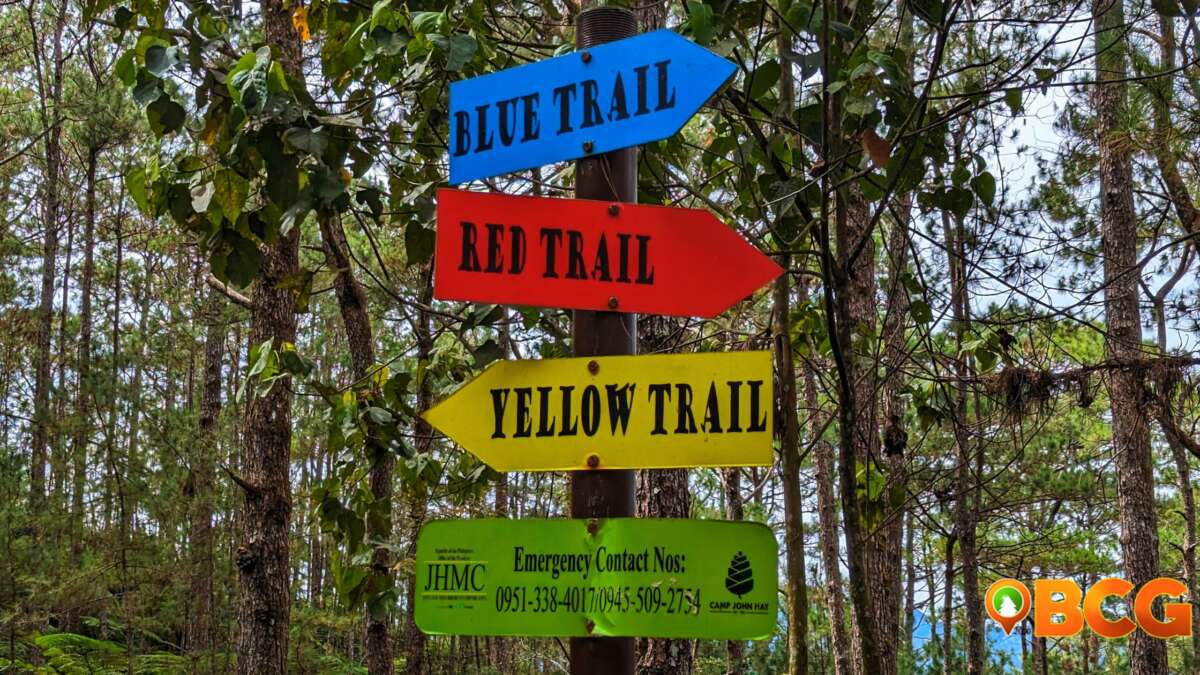A Dive into the History of Camp John Hay
Camp John Hay, nestled amidst picturesque pine trees, is more than just a tranquil retreat offering a respite from the chaos of everyday life. Unbeknownst to many, this historical site holds significant value and has a captivating origin story that deserves recognition. For those curious travelers who delight in delving into the past, Camp John Hay is a destination that should not be missed.
How Camp John Hay came to be
The inception of Camp John Hay dates back to 1903 when it was established as a military post and sanitarium for American troops stationed in the Philippines. The serene ambiance and enchanting fragrance of the pine forest made it an ideal location for the purpose. The camp aimed to provide solace and healing to the bodies and minds of servicemen, offering a space for them to regain their strength and recover from the traumas of war.
This is also how the compound of the Historical Core came to be.
Historical Core: What to see when you visit
It was during this period that the Historical Core of Camp John Hay took shape, becoming an integral part of its legacy. Within the Historical Core, visitors can explore a collection of notable attractions that shed light on the rich history of the camp and its significance. Each stop on this historical journey offers a unique glimpse into the past and the stories it holds.
Totem Pole
One of the notable features within the Historical Core is the Totem Pole, a magnificent carving by Ernesto Dul-ang. This impressive artwork showcases a succession of historical figures and pioneers of Baguio City from the first half of the 20th century, providing a visual narrative of the era’s notable personalities and events.
Cemetery of Negativism
Another intriguing site within the Historical Core is the Cemetery of Negativism. Originally created as a symbolic space for soldiers to bury their negative thoughts, the cemetery continues to serve this purpose to this day. Its existence serves as a powerful reminder for visitors to cultivate positivity in their lives and avoid succumbing to negativity.
History Trail and Secret Garden
For those seeking tranquility and respite, the History Trail and Secret Garden offer a serene escape from the sweltering lowland heat. These spaces not only provide solace for weary troops but are also believed to have the power to help individuals leave behind their secrets and negative thoughts. As visitors approach the secret garden patio, they will notice padlocks symbolizing the release of these burdensome secrets, left behind by those who sought solace within these sacred grounds.
Bell Amphitheater
The Bell Amphitheater, constructed in 1913 and named after General J. Franklin Bell, is another noteworthy landmark within Camp John Hay’s Historical Core. This picturesque amphitheater has been a beloved venue for concerts, weddings, and various public events throughout its storied existence.
Bell House
Adjacent to the amphitheater stands the Bell House, which once served as the residence of General Franklin Bell, the Commanding General of the American Forces in the Philippines. This stately house, bearing the general’s name, offers a glimpse into the past and allows visitors to imagine the lives of those who shaped the history of Camp John Hay.
Definitely worth of your time
A visit to the Historical Core of Camp John Hay, is an experience that is truly worthwhile. Whether you are driven by a passion for history, a desire to connect with the people who once walked these grounds, or simply to immerse yourself in the emotions evoked by this remarkable place, the journey will undoubtedly leave you with a profound sense of satisfaction. Exploring the history, people, and sentiments associated with Camp John Hay adds a layer of depth to your travel experience, enriching your understanding of this remarkable destination.




















When the guide explained about the history of the cemetery of negativism I was so amazed that soldiers can bury all of their negative feelings. Must include this again on our next itinerary.
This is awesome! I have always been fascinated with the history of places that I visit. Though I am a Baguio girl, I have never heard a lot about its history even in school. Thanks for this Baguio City Guide 🙂
The history itself will make you visit the place. It’s a great place to unwind and see something refreshing.